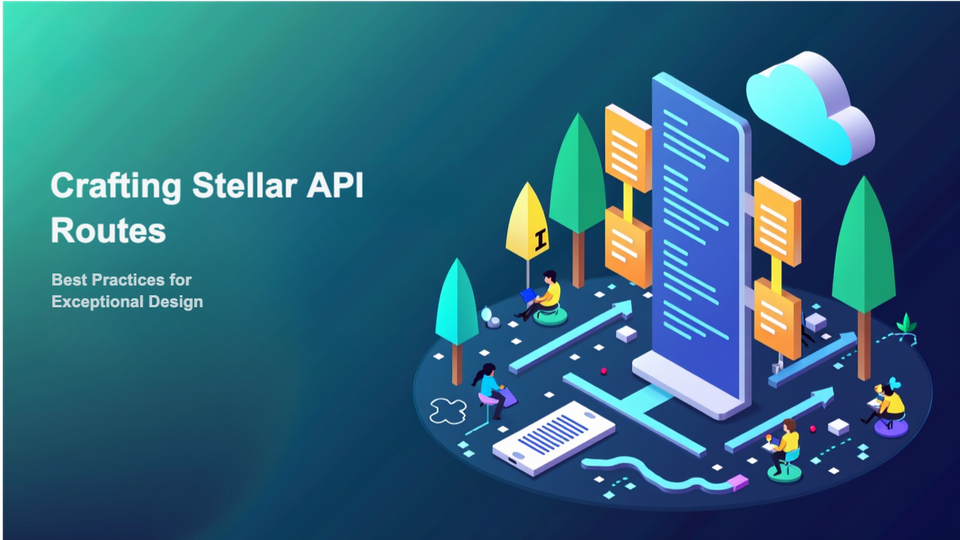Crafting Stellar API Routes: Best Practices for Exceptional Design

In this blog, we will go over the best practices of designing well-structured and intuitive API routes. This will facilitate efficient interaction and create a positive developer experience. A well-structured API route will be self explanatory. Following are the methods by which an API route is designed:
Resource Specific
Focus on Nouns: Create your routes based on the resources the API offers, using nouns that identifies the entity clearly.
Example: /users, /products, /bookings
Hierarchical Relationships: Model hierarchical relationships between resources using nested paths.
Example: /users/:user-id/bookings to access bookings for a specific user.
Plural Nouns for Collections: Use plural nouns for routes representing collections of resources.
Example: /products (all products), /products/:product-id (specific product).
Clear and Consistent Naming
Descriptive and Concise: The routes should accurately reflect the purpose while remaining concise and easy to understand. Always use hyphenated name for more than one words. Good: /create-user, Bad: /user_service/handle_user_creation
Consistency is Key: Maintain consistency in naming conventions across your entire API, this will enhance predictability and make the API routes easier to understand.
Versioning: Incorporate versioning to your route names to manage API evolution and avoid breaking changes. Example: /v1/users (version 1 users endpoint), /v1/users (version 2 users endpoint).
HTTP Methods
Ensure that your routes conform to standard HTTP methods for CRUD (Create, Read, Update, Delete) operations:
- GET: Retrieve data (e.g., /users)
- POST: Create new resources (e.g., /users)
- PUT: Update existing resources (e.g., /users/:userId)
- DELETE: Delete resources (e.g., /users/:userId)
- PATCH: Partial update of the resources (e.g., /users/:userId)
Error handling and response codes
Descriptive Error Messages: Provide informative error messages that can pinpoint the issue and guide developers to resolve the issues easier and faster.
Standard HTTP Status Codes: Always use the standard HTTP status codes to convey the outcome of API requests. :
- 200 OK: Successful request
- 400 Bad Request: Invalid request body
- 401 Unauthorized: Missing or invalid authentication
- 404 Not Found: Requested resource not found
- 403 Forbidden: user does not have permission to access the resource
- 500 Internal Server Error: Unexpected server-side error
Retry logic with status codes: The HTTP status codes allow us to handle retry of the endpoint.
- 4xx: You cannot retry the request unless the issues is corrected.
- 5xx: Mostly server side issue, these requests can be retried.
Structured Error Responses: Return error responses in a consistent and well-defined format, including the error code, message, and any relevant details.
Versioning Strategies
Consider Versioning Needs: Decide on a versioning strategy based on the evolution of your API. It is always better to have versioning than to not have it. Path-based versioning (e.g., /v1/users) is common.
When to version the API: If there is breaking changes to the API request/response or if the underlying business logic is changed then new version of API should be created.
Version deprecation and support policy: Clearly communicate your version deprecation policy and provide a timeline for transitioning users to newer versions.
Documentation
Comprehensive API Documentation: Provide a thorough API documentation which includes clear descriptions of the routes, request and response formats, error handling, and authentication requirements.
Version-specific Documentation: Always have separate documentation for each API version. Clearly, mention the changes from previous version of the API.
By following these best practices, you can design APIs that are intuitive, well structured and user friendly. This not only helps integration with your APIs better and simpler but also promotes a positive developer experience.




